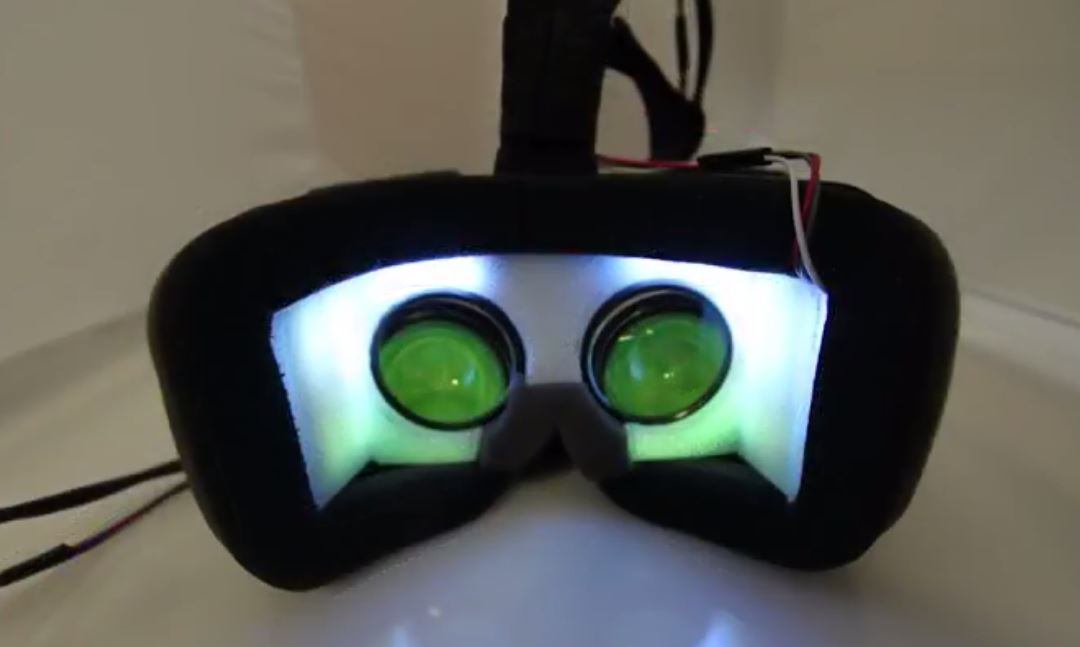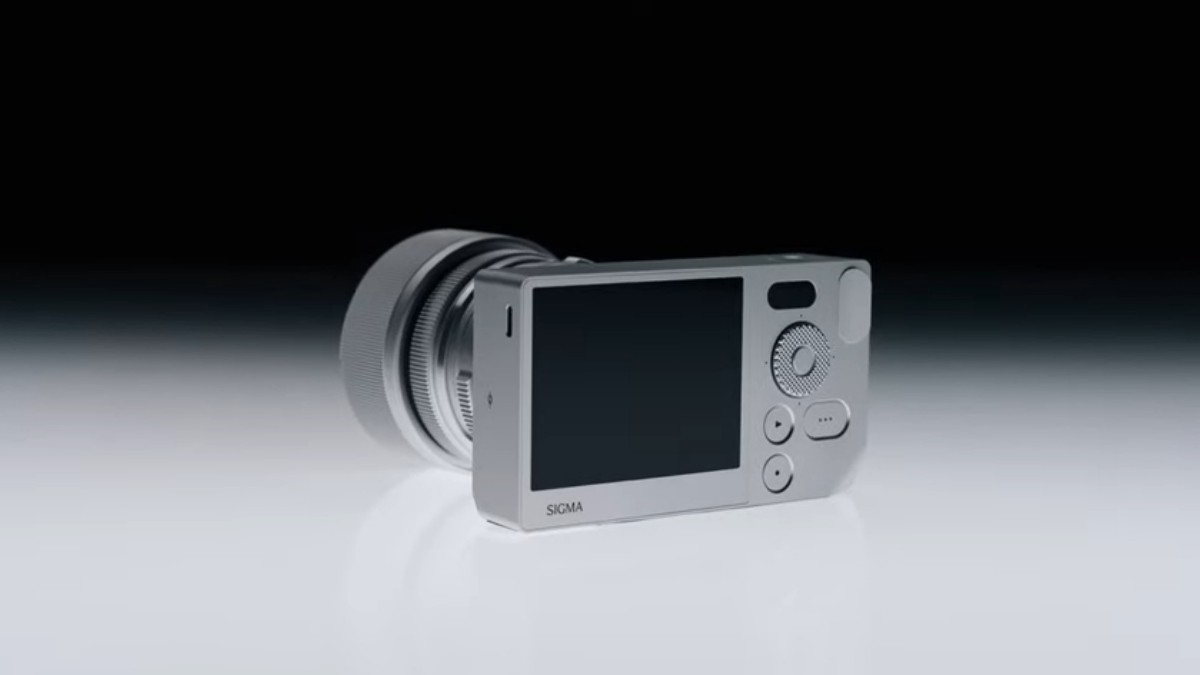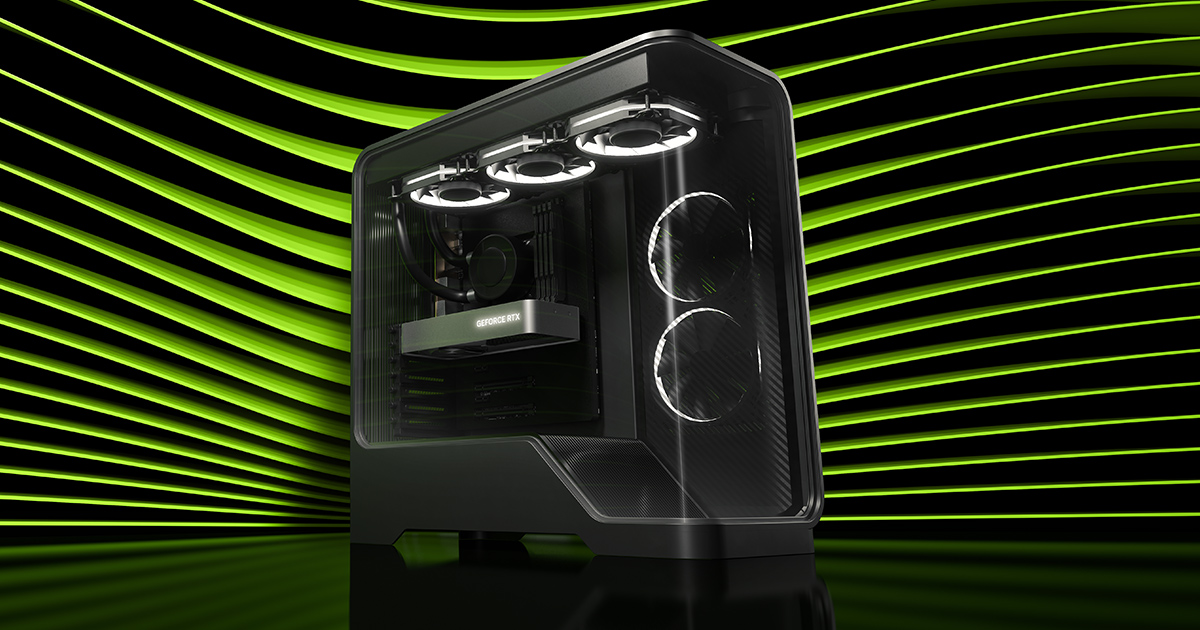More details about Microsoft Research project that improves FoV of AR and VR displays now available
2 min. read
Published on
Read our disclosure page to find out how can you help MSPoweruser sustain the editorial team Read more

Recently, we reported about a Microsoft Research paper titled “Augmenting the Field-of-View of Head-Mounted Displays with Sparse Peripheral Displays” which explores the concept of a sparse peripheral display, which augments the field-of-view of a head-mounted display with a lightweight, low-resolution, inexpensively produced array of LEDs surrounding the central high-resolution display. Basically, the user will feel that the device has a larger FoV than its original FoV. ACM SIGCHI has now uploaded the full video of MSR’s presentation about this project. Watch it above.
Using SparseLightVR, we conducted a user study to evaluate the utility of our implementation, and a second user study to assess different visualization schemes in the periphery and their effect on simulator sickness. Our findings show that sparse peripheral displays are useful in conveying peripheral information and improving situational awareness, are generally preferred, and can help reduce motion sickness in nausea-susceptible people.
Microsoft Research claims that these sparse peripheral displays can expand the available field-of-view up to 190º horizontal, nearly filling the human field-of-view. They prototyped two proof-of-concept implementations of sparse peripheral displays: a virtual reality headset, dubbed SparseLightVR, and an augmented reality headset, called SparseLightAR.
You can read more about this paper from ACM here.









User forum
3 messages